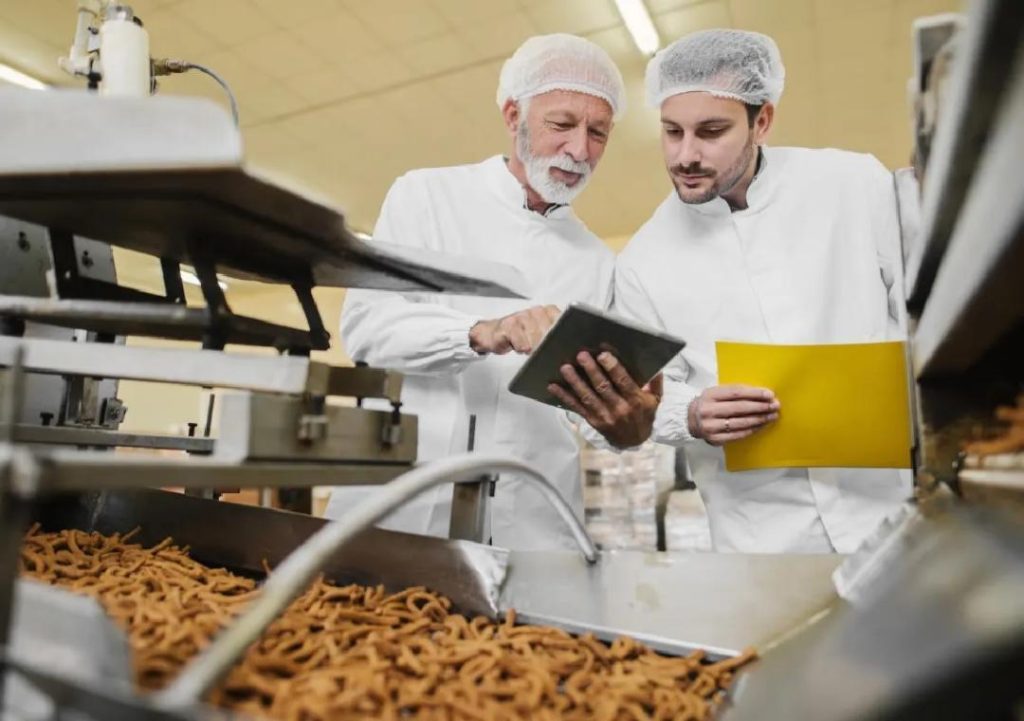
Can P&L Optimisation Redefine Success in Food Technology?
The food technology industry is rapidly evolving, driven by the need for businesses to adapt to changing consumer preferences, supply chain disruptions, and regulatory pressures. In this dynamic environment, profit and loss (P&L) optimisation has emerged as a critical factor in determining success. By streamlining P&L operations, food tech companies can cut waste, sharpen demand forecasting, and support better decision-making.
In this blog post, we’ll explore the role of P&L optimisation in the food technology industry and examine the strategies that companies are using to improve profitability. We’ll also discuss the benefits of adopting scalable models and provide insights from industry experts on the importance of P&L optimisation for sustainable growth and competitiveness.
The Importance of P&L Optimisation in Food Technology
P&L optimisation is the process of maximising profits by minimising waste, improving resource allocation, and making data-driven decisions. In the food technology industry, P&L optimisation is critical because companies face unique challenges, such as:
- Volatile raw material prices: Food tech companies must navigate fluctuating prices for ingredients, which can significantly impact profitability.
- Complexity of supply chains: Food production and distribution involve multiple stakeholders, making it challenging to track and manage inventory, logistics, and quality control.
- Regulatory requirements: Food safety regulations and certifications, such as HACCP and organic, add complexity and costs to the production process.
- Competition for consumer attention: Food tech companies must differentiate themselves in a crowded market, where consumer preferences are constantly evolving.
To overcome these challenges, food tech companies are adopting P&L optimisation strategies that incorporate automation, smart inventory systems, and data analytics. These tools enable businesses to:
- Automate inventory management: By integrating inventory management software with ERP systems, companies can track stock levels, automate ordering, and reduce waste.
- Improve demand forecasting: Advanced analytics and machine learning algorithms help companies predict demand and adjust production accordingly, reducing overstocking and understocking.
- Optimize production planning: P&L optimisation software helps companies schedule production, allocate resources, and adjust recipes to ensure optimal output and minimize waste.
- Enhance supply chain visibility: Real-time tracking and monitoring of inventory, logistics, and quality control enable companies to respond quickly to disruptions and improve overall efficiency.
Benefits of P&L Optimisation in Food Technology
The benefits of P&L optimisation in food technology are numerous and include:
- Increased profitability: By reducing waste, improving resource allocation, and making data-driven decisions, companies can boost margins and improve profitability.
- Improved scalability: P&L optimisation enables companies to rapidly scale production and distribution, ensuring sustainable growth and competitiveness.
- Enhanced decision-making: With access to real-time data and analytics, companies can make informed decisions about production, inventory, and pricing, reducing the risk of costly mistakes.
- Better supply chain management: P&L optimisation helps companies build stronger relationships with suppliers, improve logistics, and reduce the risk of stockouts and overstocking.
- Improved food safety and quality: By tracking and monitoring inventory, logistics, and quality control, companies can ensure that products meet regulatory requirements and customer expectations.
Strategies for P&L Optimisation in Food Technology
To achieve P&L optimisation, food tech companies can adopt the following strategies:
- Implement automation and AI: Automate inventory management, production planning, and demand forecasting using AI-powered software.
- Invest in data analytics: Use data analytics and machine learning algorithms to track and analyse sales, production, and inventory data, identifying areas for improvement.
- Opt for a scalable business model: Adopt a business model that can scale quickly and efficiently, using cloud-based platforms and agile production systems.
- Focus on supply chain visibility: Implement real-time tracking and monitoring of inventory, logistics, and quality control to ensure seamless operations.
- Collaborate with suppliers: Build strong relationships with suppliers, sharing data and insights to improve supply chain efficiency and reduce costs.
Industry Insights: The Importance of P&L Optimisation in Food Technology
We spoke with industry experts to gain insights on the importance of P&L optimisation in food technology. Here’s what they had to say:
“P&L optimisation is critical in the food technology industry, where margins are thin and competition is fierce. By streamlining operations and reducing waste, companies can improve profitability and stay competitive.” – Rachel Parker, Supply Chain Manager at FreshBox
“P&L optimisation is not just about reducing costs; it’s about making data-driven decisions that drive growth and improve customer satisfaction. By leveraging AI and analytics, we can anticipate demand, adjust production, and deliver high-quality products to our customers.” – David Lee, CEO at GreenGrocer
“Food tech companies that adopt P&L optimisation strategies will be better equipped to navigate the challenges of the industry, including supply chain disruptions, regulatory pressures, and changing consumer preferences.” – Emily Chen, Operations Manager at FoodForThought
Conclusion
P&L optimisation is a critical factor in determining success in the food technology industry. By streamlining P&L operations, food tech companies can cut waste, sharpen demand forecasting, and support better decision-making. By adopting scalable models, businesses can boost margins, ensure sustainable growth, and stay competitive in the industry.
As the industry continues to evolve, P&L optimisation will play an increasingly important role in driving growth, improving profitability, and ensuring food safety and quality. By embracing automation, smart inventory systems, and data analytics, food tech companies can redefine success and thrive in this dynamic and competitive industry.
Source: https://www.growthjockey.com/blogs/p-and-l-operations-in-food-tech






